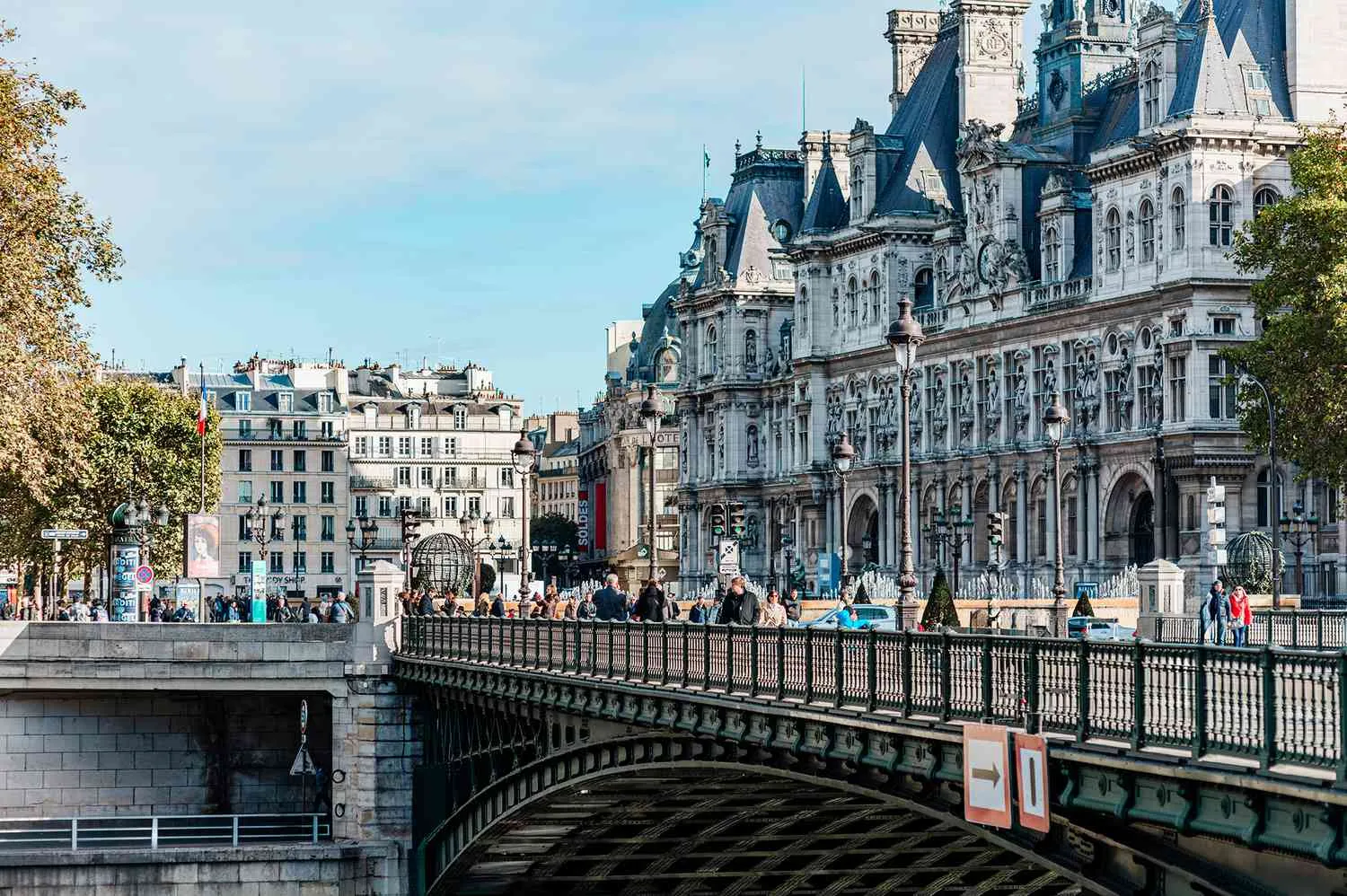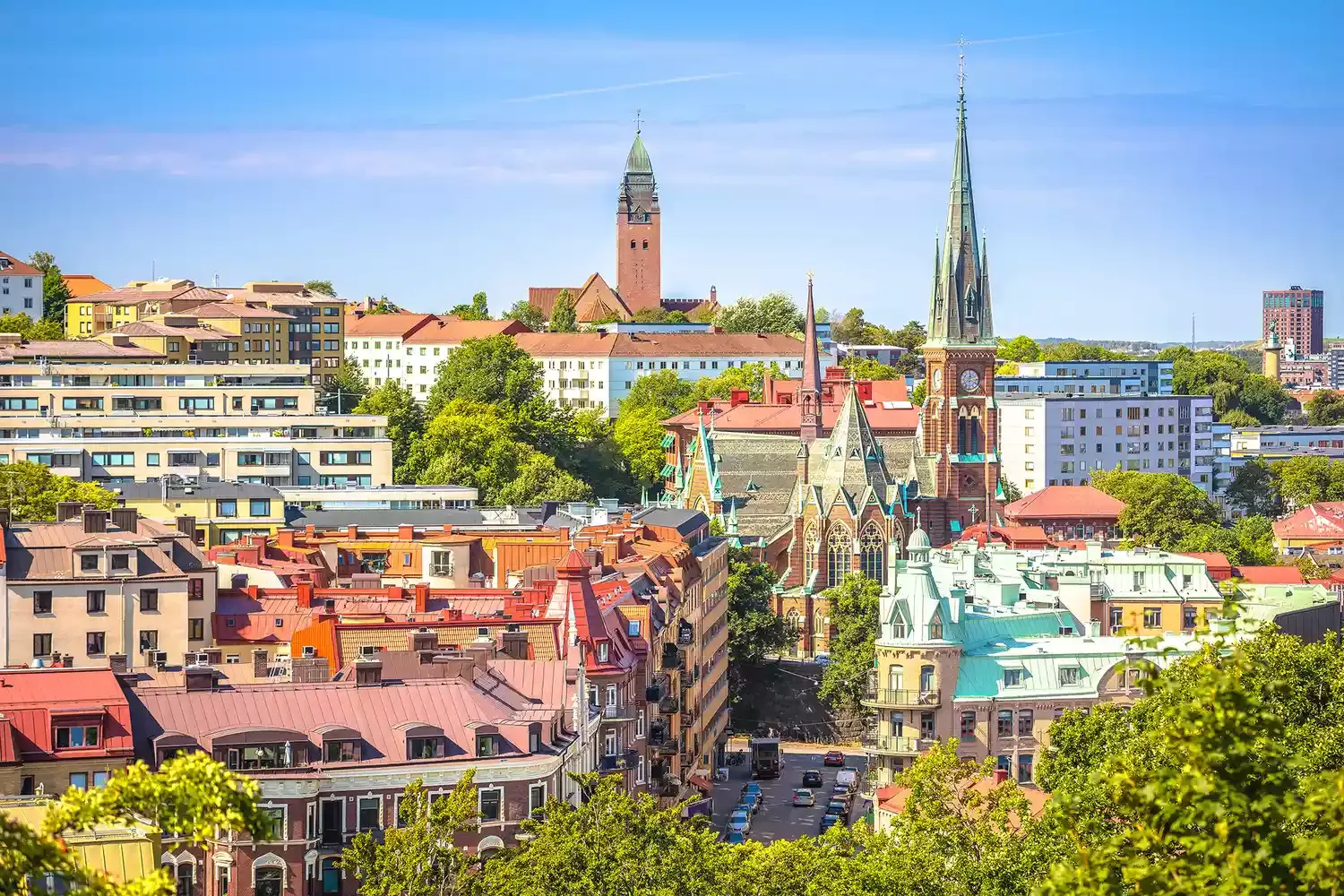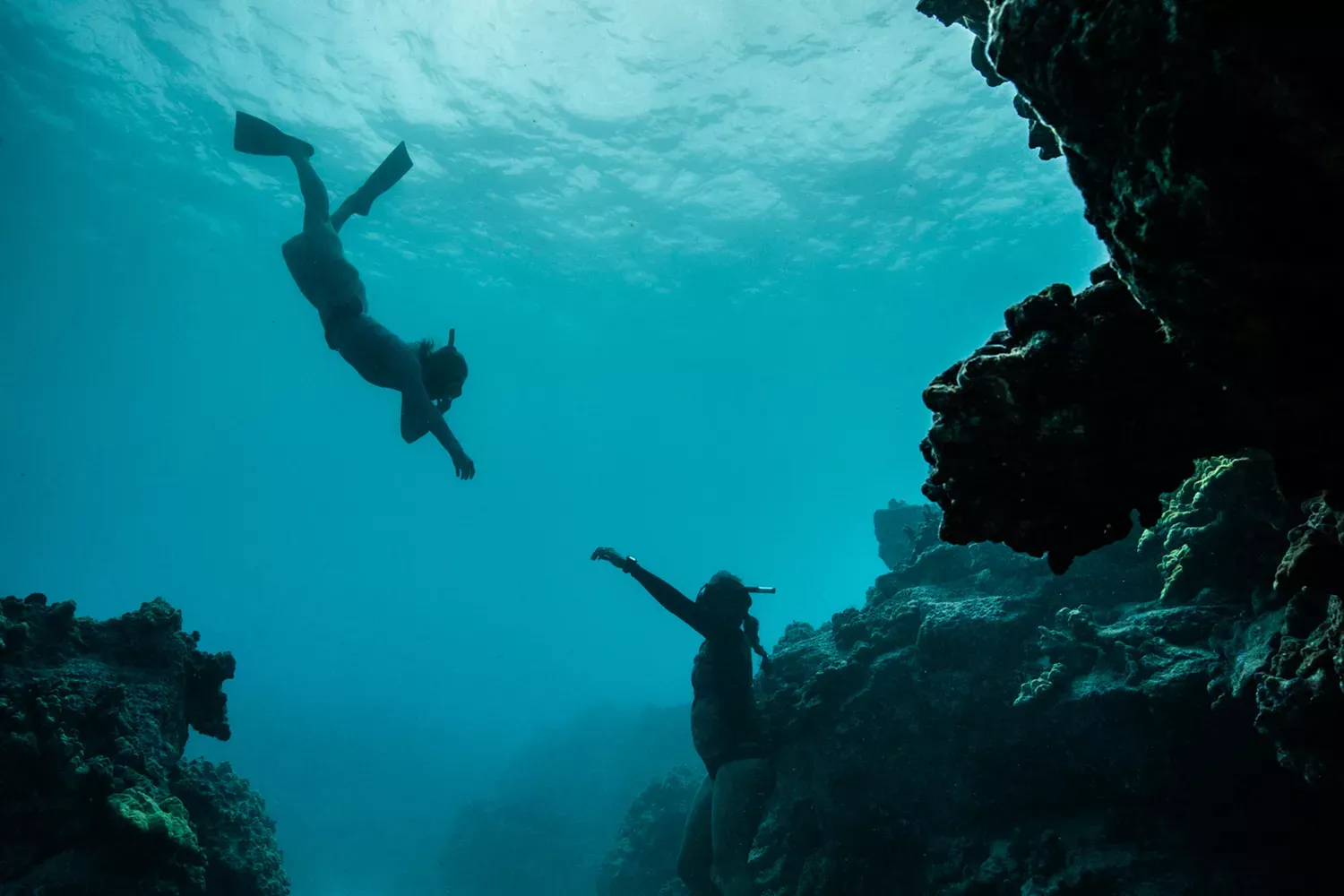Why [City Name]? A Deep Dive into Accessibility
So, what makes [City Name] stand out from the crowd? It's not just one thing, but a comprehensive approach to accessibility that touches every aspect of the traveler's journey. From arrival to accommodation, sightseeing to dining, [City Name] has prioritized inclusivity. The city's commitment to universal design is evident in its infrastructure, transportation, and services.
Here's a breakdown of some key features that contribute to [City Name]'s accessibility rating:
Area Details Transportation [City Name] boasts an extensive and accessible public transportation network. Most buses, trams, and metro stations are equipped with ramps, elevators, and audio-visual aids. Dedicated wheelchair spaces are available on public transport, and assistance is readily provided. Many taxi services also offer wheelchair-accessible vehicles. The train station has step-free access throughout, and offers mobility assistance for getting on and off the trains. This makes navigating the city incredibly easy and stress-free for people with mobility issues. Accommodation Finding accessible accommodation in [City Name] is relatively easy. Many hotels and guesthouses offer rooms designed for guests with disabilities, featuring wider doorways, grab bars in bathrooms, and adapted furniture. Booking platforms often provide filters to identify accessible options, allowing travelers to choose accommodation that meets their specific needs. You should check reviews and call the accommodations directly to make sure that all of your needs can be met. Attractions Many of [City Name]'s iconic landmarks and attractions have made significant efforts to improve accessibility. Museums often provide ramps, elevators, audio guides, and tactile exhibits to cater to diverse needs. Many attractions offer free admission to carers accompanying individuals with disabilities. Even historic sites have been adapted to ensure accessibility where possible, without compromising their historical integrity. You should check websites to make sure the attraction meets your needs, because old buildings can be difficult to retrofit. Dining and Entertainment A growing number of restaurants and cafes in [City Name] are committed to providing accessible environments. This includes wheelchair-friendly entrances, spacious layouts, and accessible restrooms. Some restaurants also offer menus in Braille or with large print. Entertainment venues, such as theaters and concert halls, are increasingly providing accessible seating, hearing loops, and audio descriptions. Information and Support [City Name]'s tourism office provides comprehensive information on accessibility options throughout the city. Online resources, maps, and guides highlight accessible routes, attractions, and services. Dedicated support staff are available to assist travelers with disabilities, answering questions and providing guidance.


















